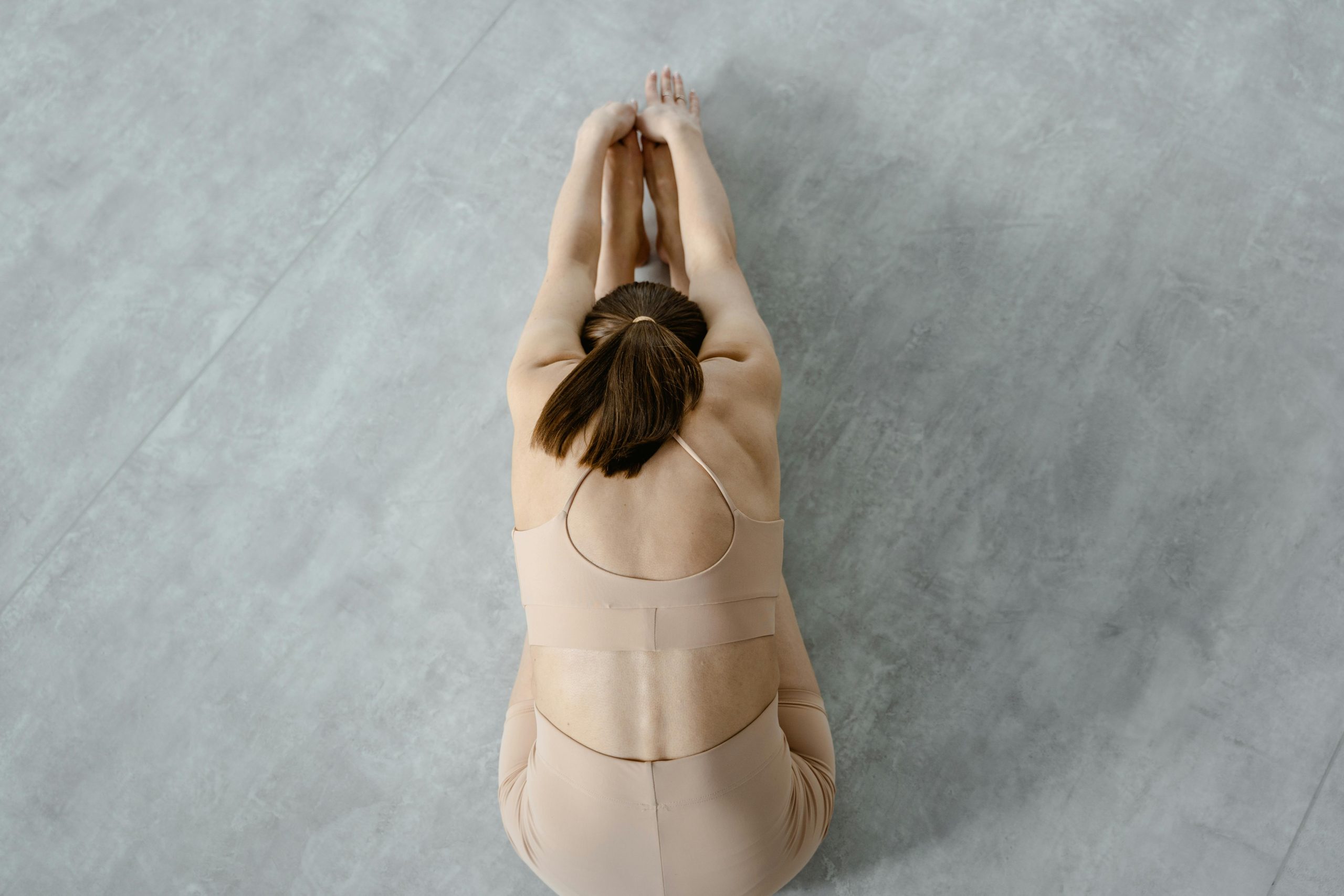Starting a yoga practice can feel overwhelming, especially if you’re new to the world of stretching, breathing, and mindful movement. But yoga is for everyone—regardless of age, flexibility, or fitness level. The key is to begin with simple, foundational poses that build strength, improve flexibility, and help you connect with your breath. Here are the top 10 beginner-friendly yoga poses to ease you into your practice with confidence and comfort.
1. Mountain Pose (Tadasana)
Mountain Pose is the foundation of all standing yoga poses. It may look simple, but it teaches proper alignment and body awareness.
- How to do it: Stand tall with feet hip-width apart, arms by your sides. Distribute weight evenly across both feet, engage your thighs, and lengthen your spine. Relax your shoulders and take deep breaths.
- Benefits: Improves posture, strengthens legs, and enhances focus.
2. Downward-Facing Dog (Adho Mukha Svanasana)
This classic pose stretches and strengthens the entire body while calming the mind.
- How to do it: Start on your hands and knees, tuck your toes, and lift your hips toward the ceiling. Keep your knees slightly bent if needed, and press your palms into the mat.
- Benefits: Stretches hamstrings, shoulders, and calves; relieves tension in the spine.
3. Child’s Pose (Balasana)
A restorative pose perfect for taking a break and reconnecting with your breath.
- How to do it: Kneel on the floor, sit back on your heels, and fold forward, resting your forehead on the mat. Extend your arms forward or rest them by your sides.
- Benefits: Relieves stress, gently stretches the hips and back, and promotes relaxation.
4. Warrior I (Virabhadrasana I)
A powerful standing pose that builds strength and confidence.
- How to do it: Step one foot back, keeping your front knee bent at 90 degrees. Square your hips forward, raise your arms overhead, and gaze forward.
- Benefits: Strengthens legs, opens the chest, and improves balance.
5. Warrior II (Virabhadrasana II)
A variation of Warrior I that enhances stability and endurance.
- How to do it: From Warrior I, open your hips and arms to the sides, keeping your front knee bent. Gaze over your front hand.
- Benefits: Strengthens legs and core, improves hip flexibility, and boosts stamina.
6. Tree Pose (Vrksasana)
A balancing pose that helps improve focus and coordination.
- How to do it: Stand on one leg, place the sole of your other foot on your inner thigh or calf (avoid the knee), and bring your hands to prayer position at your chest.
- Benefits: Enhances balance, strengthens ankles, and calms the mind.
7. Cat-Cow Pose (Marjaryasana-Bitilasana)
A gentle flow that warms up the spine and relieves tension.
- How to do it: Start on hands and knees. Inhale, arch your back (Cow), and lift your head. Exhale, round your spine (Cat), and tuck your chin.
- Benefits: Increases spinal flexibility, massages the organs, and improves breath awareness.
8. Bridge Pose (Setu Bandhasana)
A gentle backbend that strengthens the back and opens the chest.
- How to do it: Lie on your back, bend your knees, and lift your hips while keeping your feet flat. Clasp your hands under your back if comfortable.
- Benefits: Strengthens the glutes and back, stretches the chest, and relieves stress.
9. Seated Forward Bend (Paschimottanasana)
A calming pose that stretches the hamstrings and spine.
- How to do it: Sit with legs extended, hinge at your hips, and reach for your feet or shins. Keep your spine long.
- Benefits: Stretches the back and hamstrings, soothes the nervous system.
10. Corpse Pose (Savasana)
The ultimate relaxation pose to end your practice.
- How to do it: Lie flat on your back, arms by your sides, palms up. Close your eyes and breathe deeply.
- Benefits: Reduces stress, promotes deep relaxation, and integrates the benefits of your practice.
Tips for Beginners
Starting a yoga practice is exciting, but it’s important to approach it mindfully. Here are a few tips to
